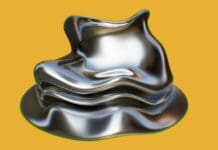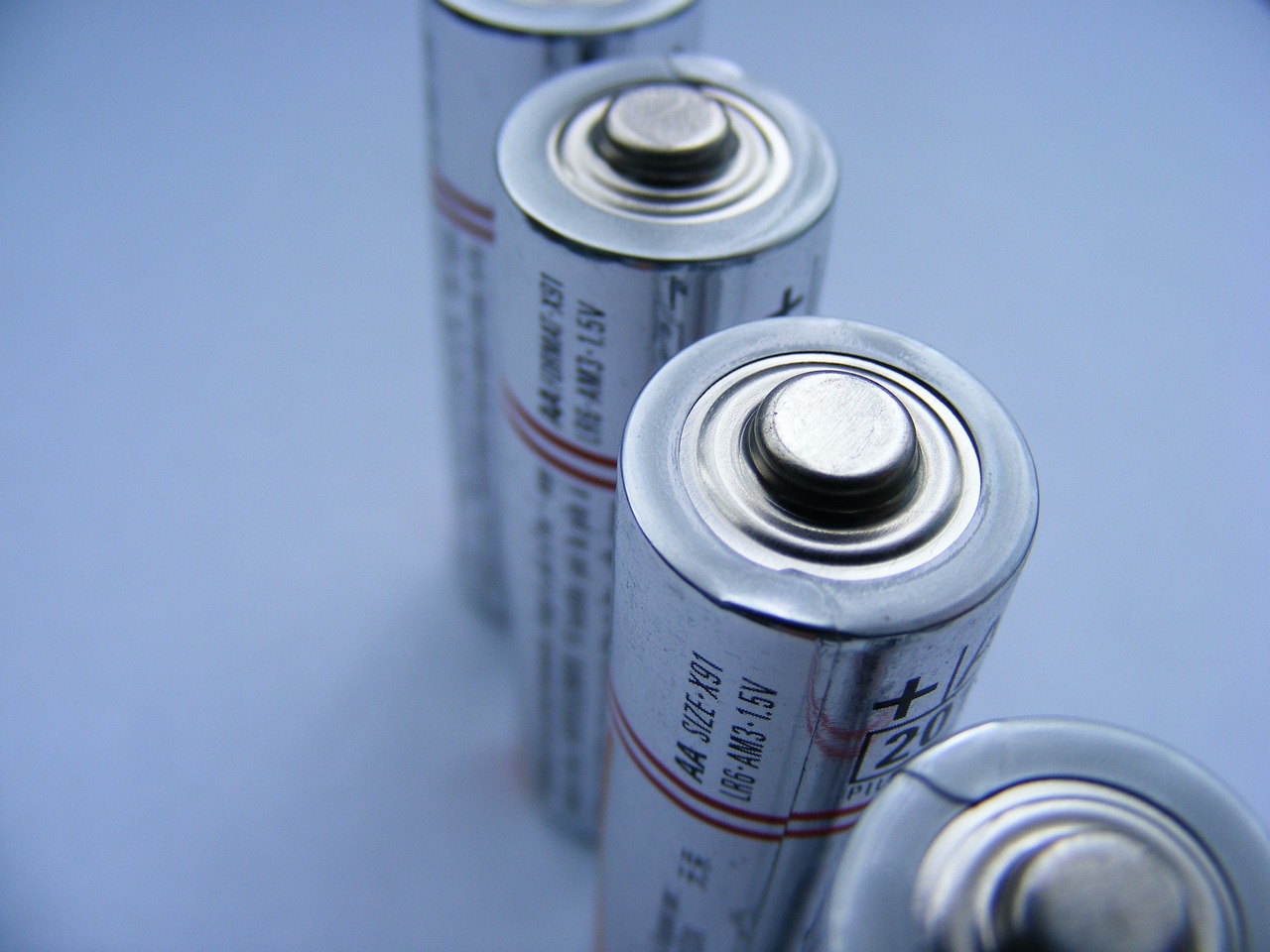This post is also available in:
 עברית (Hebrew)
עברית (Hebrew)
Researchers believe this innovation will help build a more predictive model and prevent future incidents of dangerous clear air turbulence.
Air turbulence mid-flight is a very most common cause of aircraft accidents. In particular, clear air turbulence (CAT) is a very significant hazard- it is air turbulence that is invisible, almost cloud-free, hard to predict, and extremely dangerous. Some of its causes can be jet streams, gravity waves, or cumulus clouds.
Another factor for the danger of CATs is their unpredictability- they tend to appear very suddenly and without warning. Therefore, there is a need for accurate turbulence forecasts and real-time predictions.
But now, according to research reported in the journal Geophysical Research Letters, researchers from Nagoya University in Japan have managed to produce clear air turbulence in a real case using a numerical weather prediction model on the country’s fastest supercomputer.
According to Interesting Engineering, in December 2020, several encounters with CAT were reported near Tokyo. Scientists were then able to reproduce the turbulence after employing an operational forecasts model, which led them to believe that the CAT was very realistic and not merely a numerical artifact. The signs of similar turbulence were also found in the original flight data.
“Around Tokyo, there is a lot of observational data available to validate our results,” said Dr. Ryoichi Yoshimura of Nagoya University. “There are many airplanes flying over the airports, which results in many reports of turbulence and the intensity of shaking. Atmospheric observations by a balloon near Tokyo were also used. The shaking data recorded at that time was used to show that the calculations were valid.”
Meaning, they built a theoretical model to create CATs in a simulated environment and found that the data they received matched the data provided by aircraft that were present in the actual real-life CAT. They then understood that they can use this model as a predictive model system for CATs.
Being able to create realistic eddies in the free atmosphere will help with understanding the turbulence itself and using its applications in aviation, for example, adjusting flight levels if the presence of active turbulence is known in advance.
Yoshimura said- “The results of this research should lead to a deeper understanding of the principle and mechanism of turbulence generation by high-resolution simulation and allow us to investigate the effects of turbulence on airplanes in more detail,” and concluded that “this would provide a smart way of flying by providing more accurate turbulence forecasts and real-time prediction.”


























